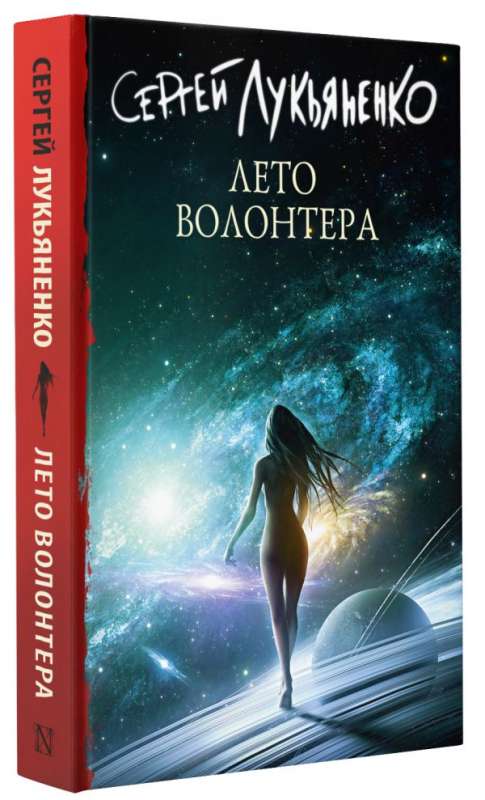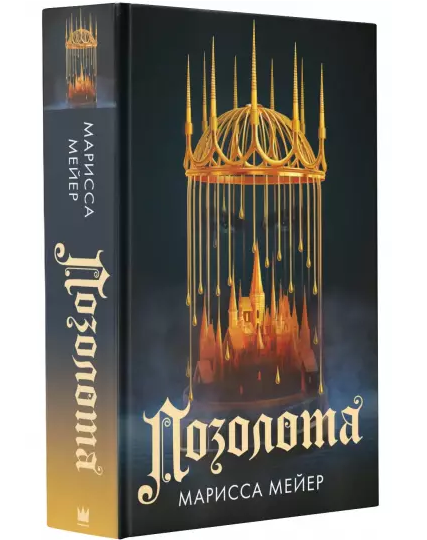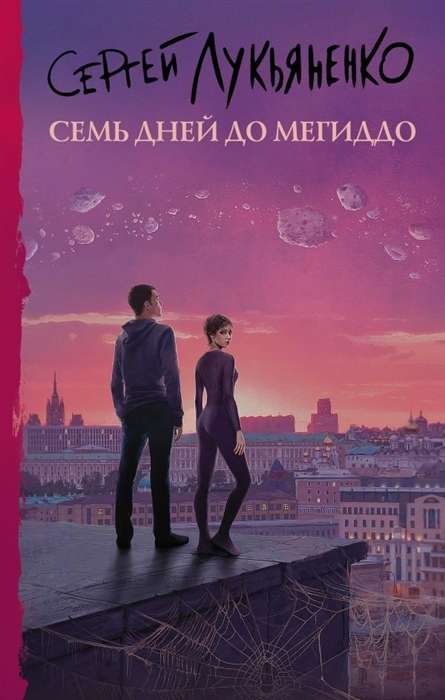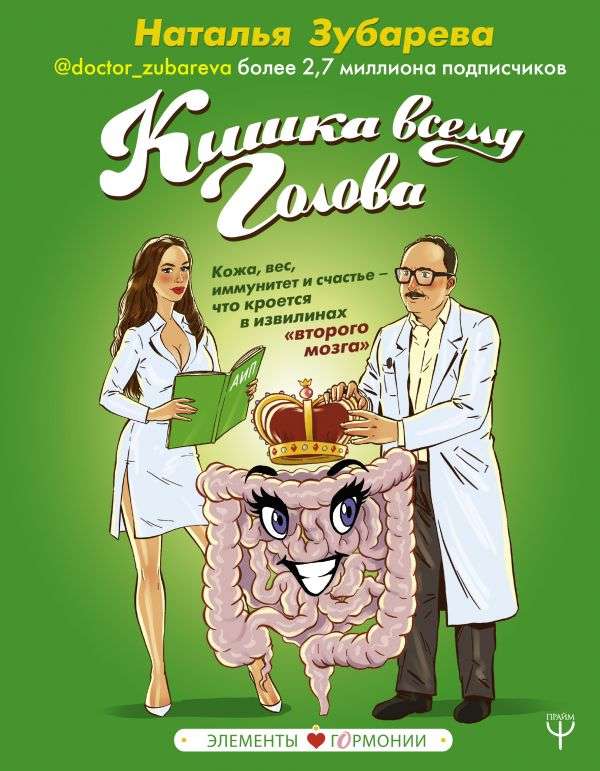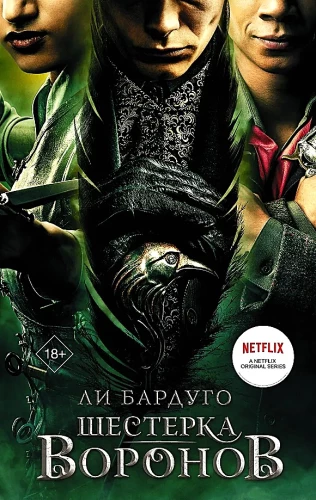Пустошь. Первая мировая и рождение хоррора
In man lies a penchant for the frightening, which has taken deep root in culture. However, horror began its ominous dance of death in literature and cinema as one of the consequences of World War I – a cataclysm that... had never before occurred in human history, as W. Scott Pulle shows. The war forced an entire generation to confront death face to face: Fritz Lang survived, but returned with thoughts on the nature of evil; Siegfried Sassoon saw the dead even in the hospital; Otto Dix's paintings became one of the most naturalistic and horrific visualizations of the horrors of war; Sigmund Freud wrote the immortal "The Uncanny" in 1919. Horror became not a catharsis but a repetition, not entertainment but something like a guide to a new normalcy. Shells, bullets, gases, and other technological advancements turn bodies into shapeless shells, still material and organic, but evoking almost chthonic horror. Soldiers rise from their graves and accuse civilians of knowing nothing about the soldier's sacrifice. The vampire creates a space of "great death". "In every horror film, in every story in the horror genre, in every computer game of this genre, the ghosts of World War I frolic and tickle our nerves, dwelling at the very threshold of our consciousness."
Autorius: U. Skott Pull
Publisher: AST
Serija: Istorijos sekos
Amžiaus ribos: 18+
Išleidimo metai: 2024
ISBN: 9785171504090
Puslapių skaičius: 320
Dydis: 240x167x22 mm
Viršelio tipas: tverdaja
Svoris: 654 g
ID: 1679550
8 sausio (Ke)
nemokamai
5 sausio (Pi)
€ 9.99
nemokamai nuo € 80.00
8 sausio (Ke)
nemokamai
5 sausio (Pi)
€ 9.99
nemokamai nuo € 80.00
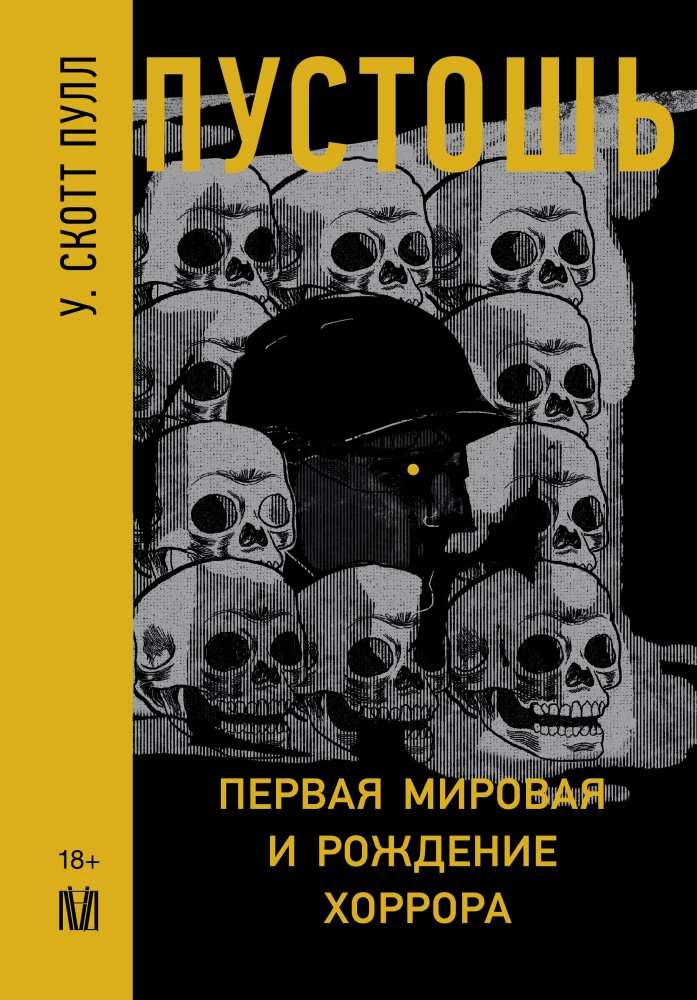
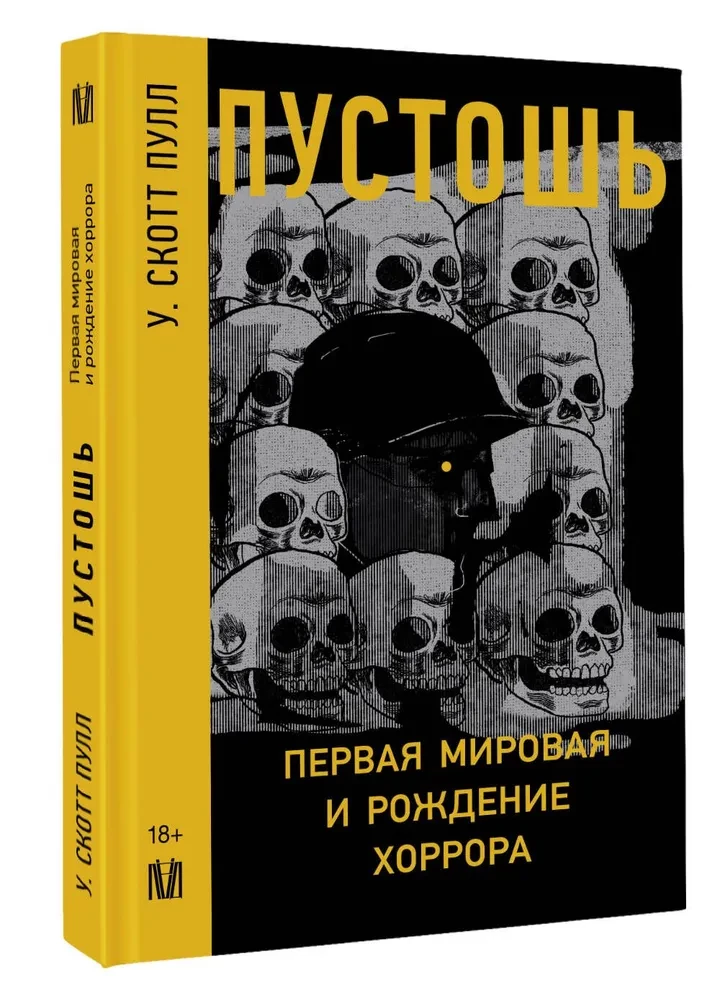
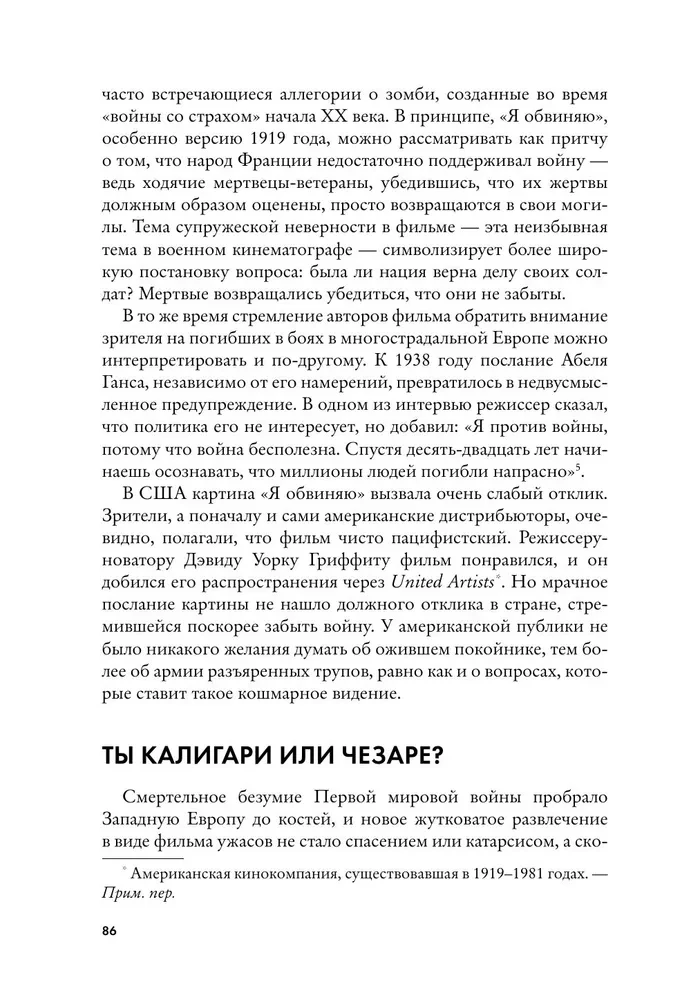
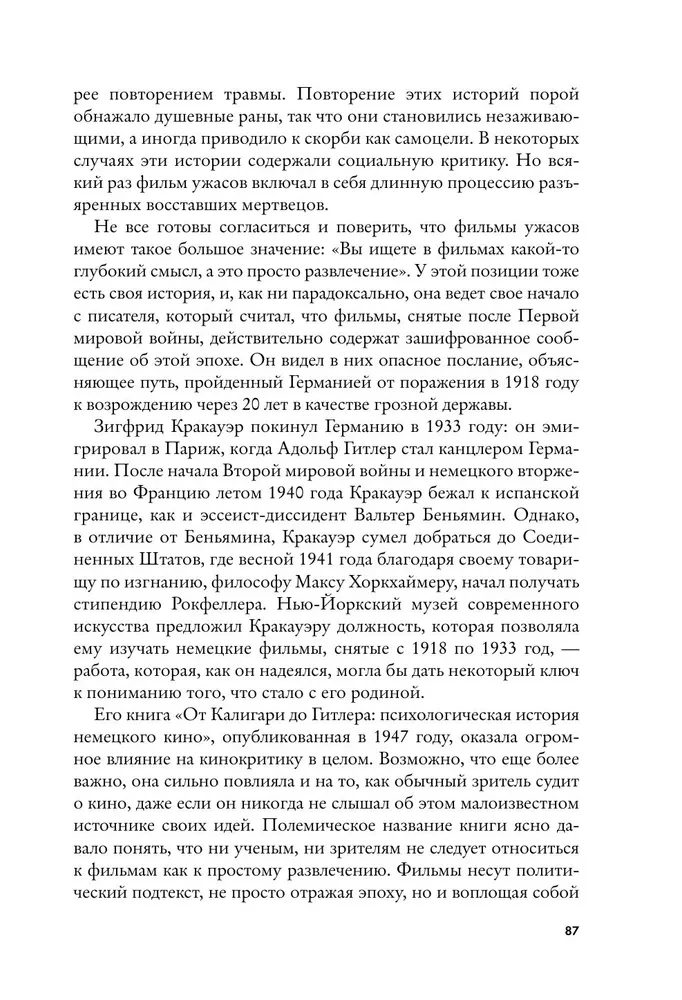
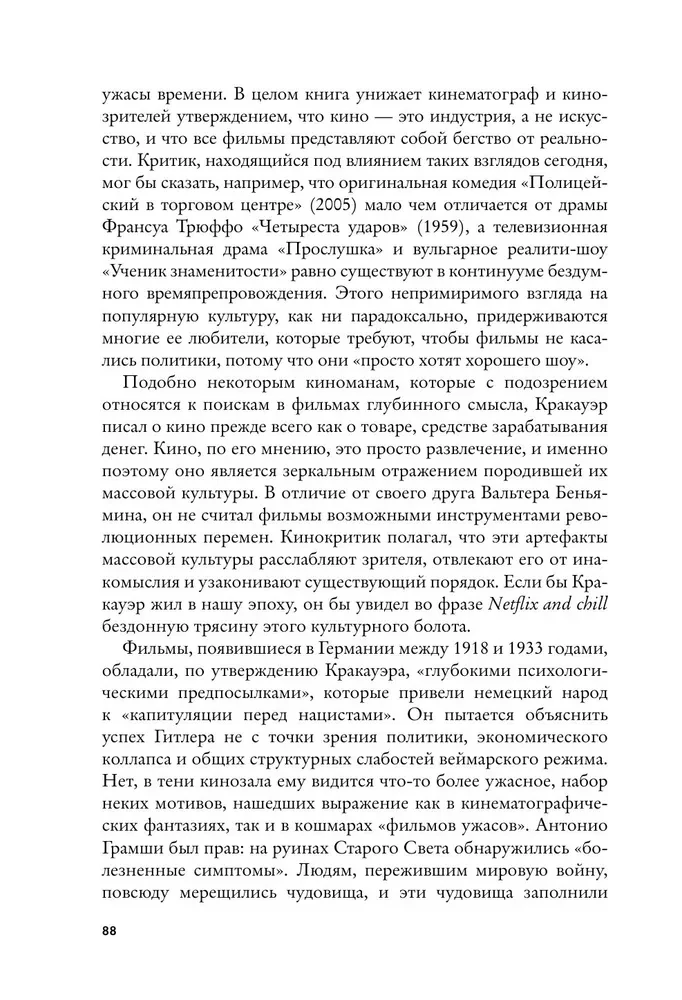
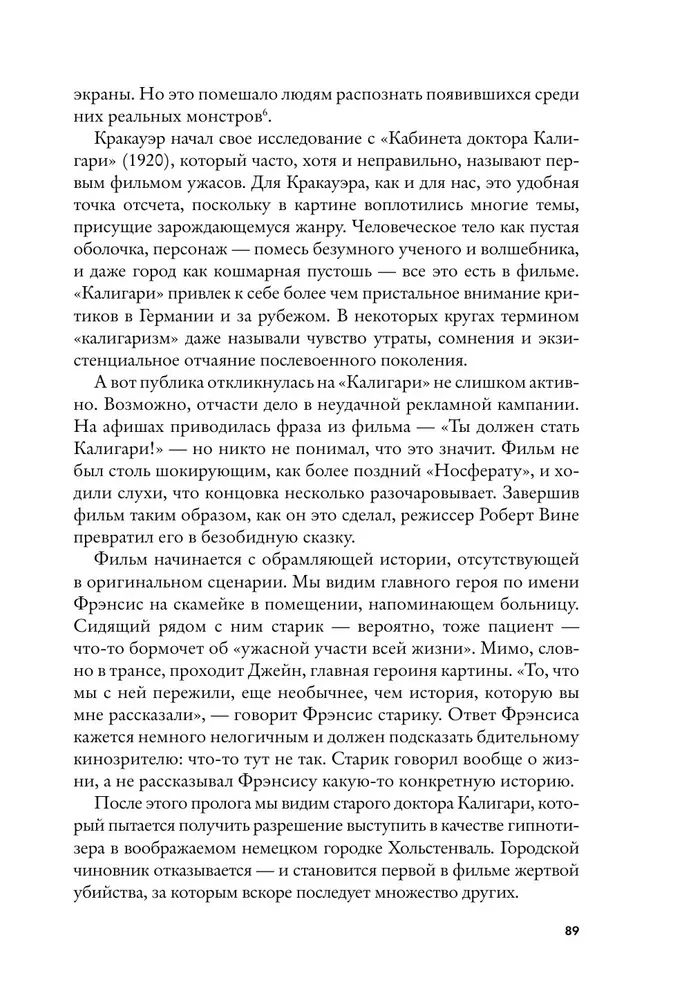
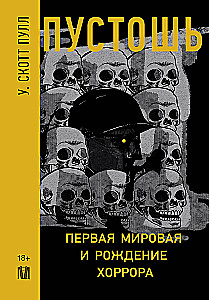
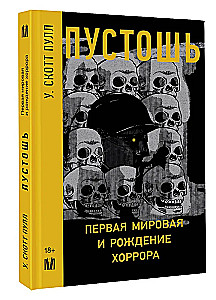
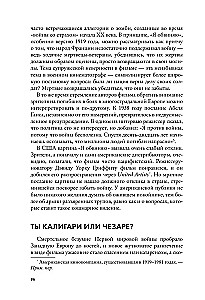
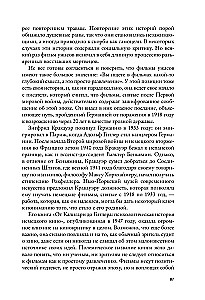
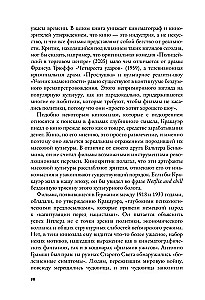
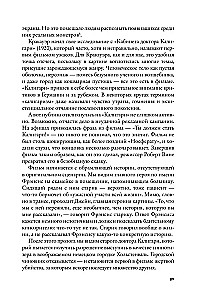

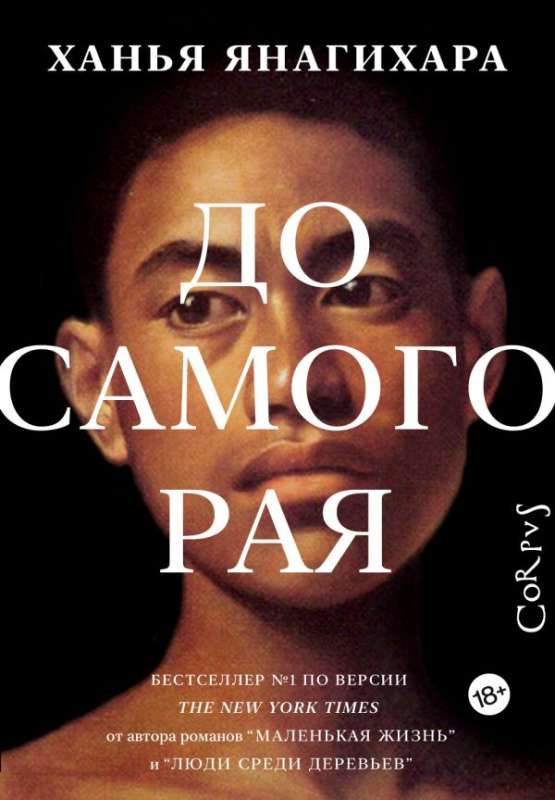





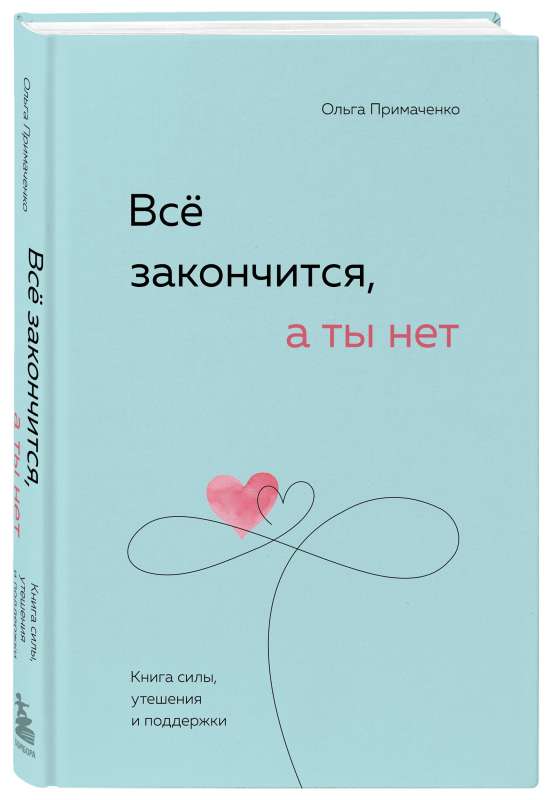

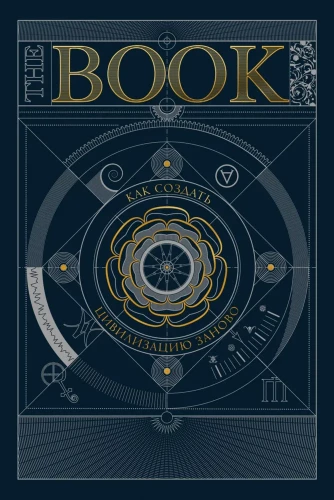
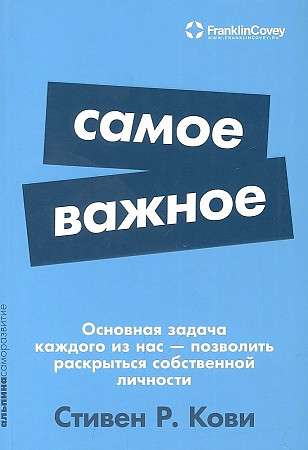

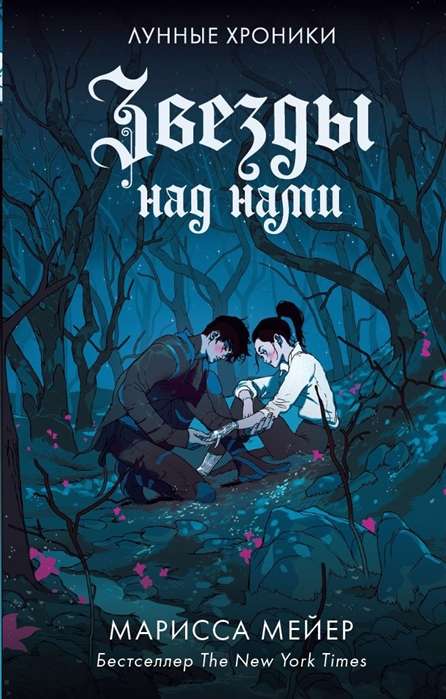
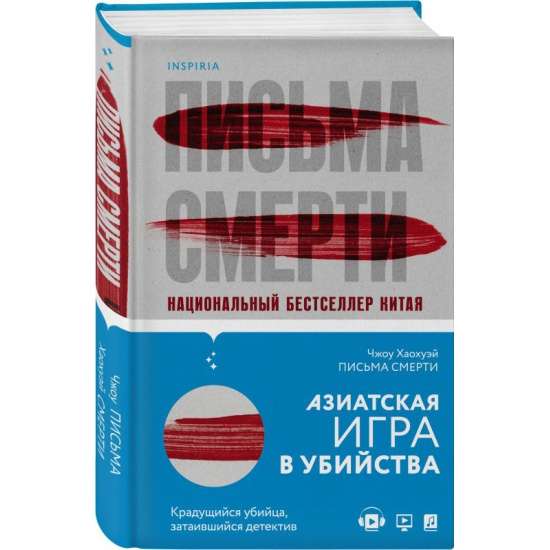
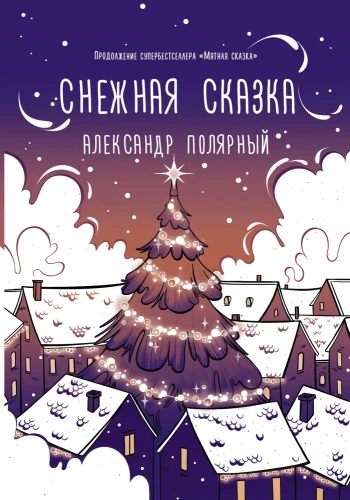
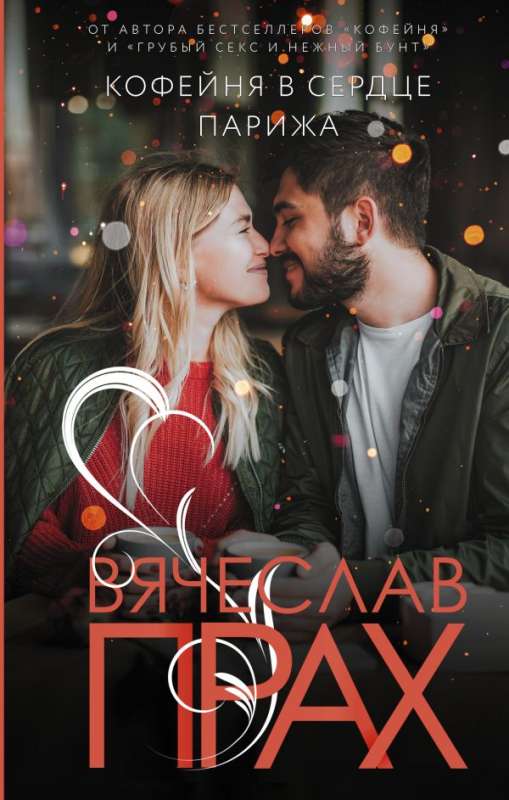
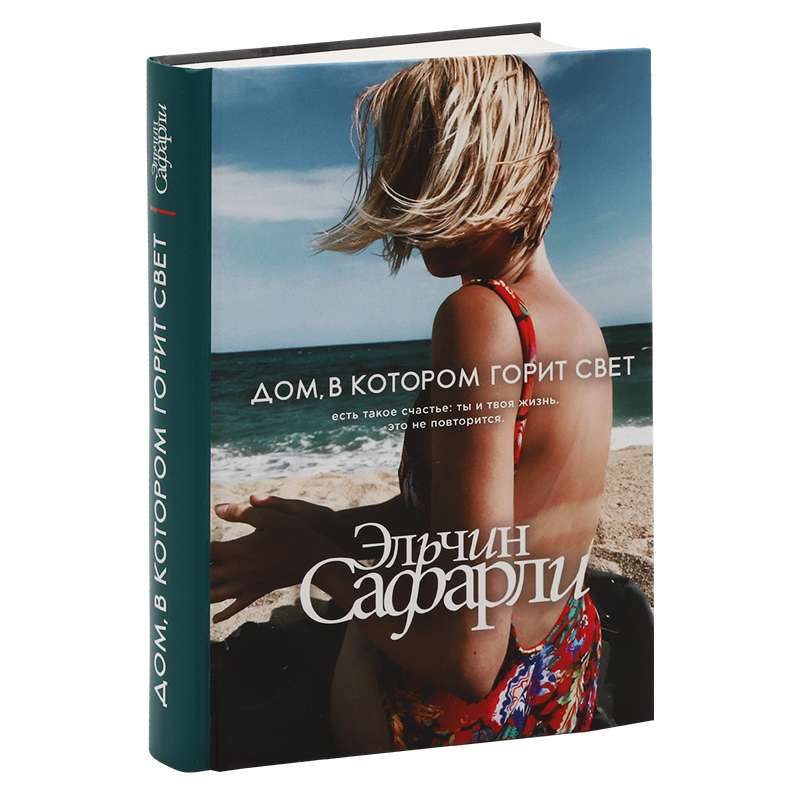
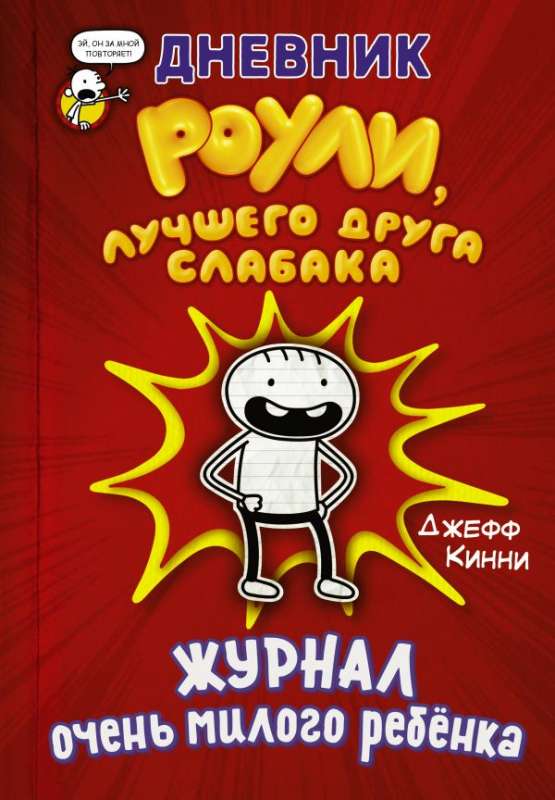
-medium.webp)
